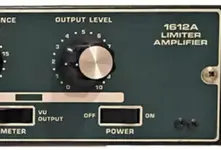On the screening front - it's simple. Tiny levels in a circuit might well be compromised by external interference, so you wrap them in a conductive tube connected to ground. Once the levels get up to line level and over, it's less vital and by speaker level unimportant. In things like guitars, then it's one conductor in the centre and a common ground and conductor. Telephones were sent miles without any screening between the exchanges, but once levels become really low - preventing outside interference entering an audio circuit is a good idea.


